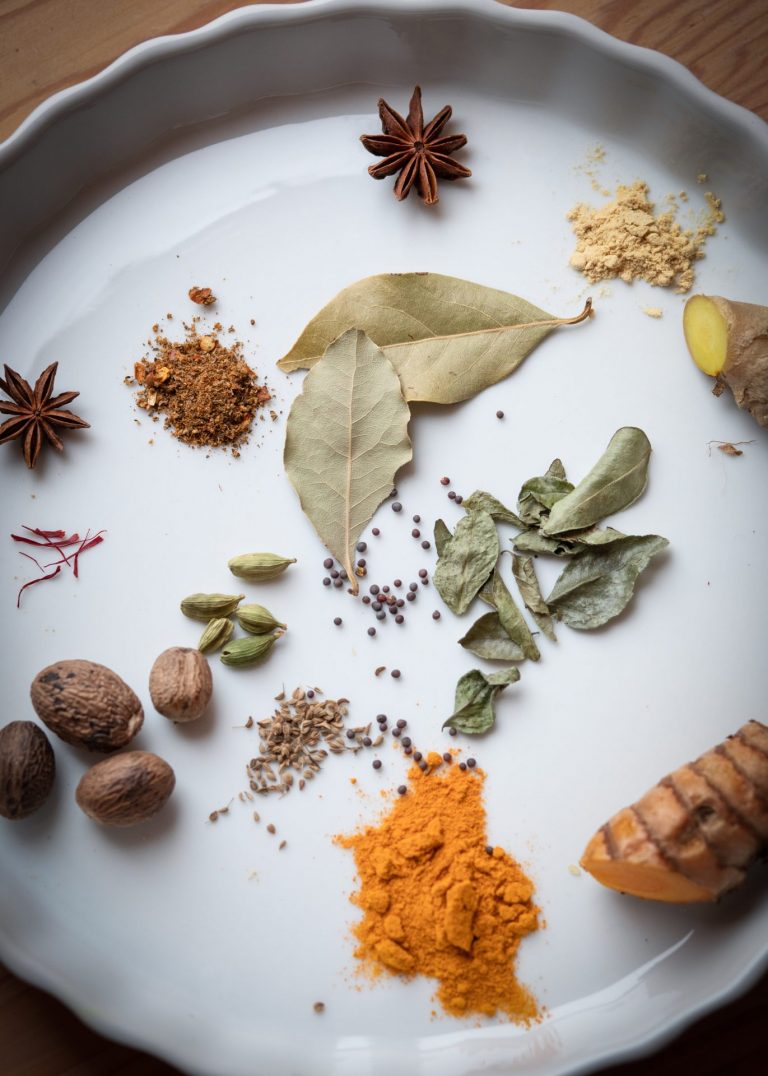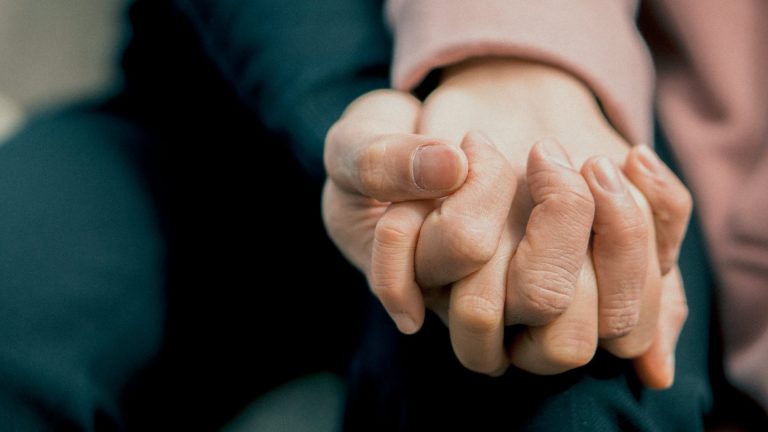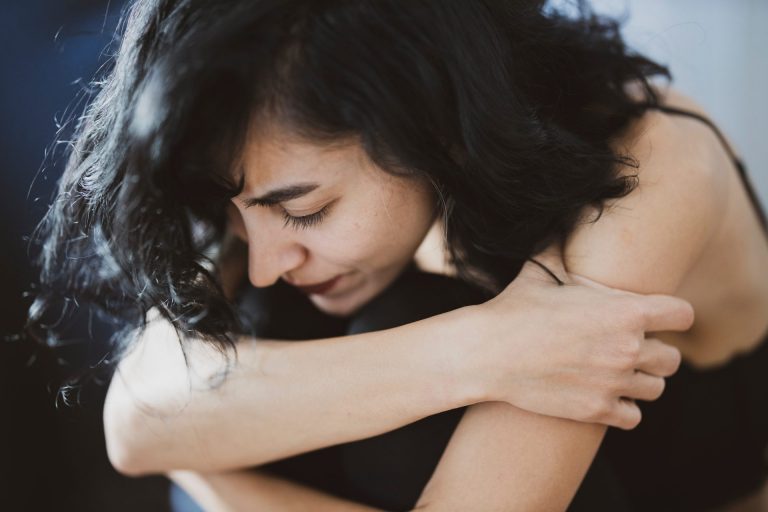Analysis
47-year-old female with underlying Chronic Fatigue, acute BurnOut, Excess Weight, Skin problems, Lymphatic Congestion, Lump in the breast
Location: Wraxall Yard, Dorset, Jivita Ayurveda 12-day Panchakarma Retreat
Ayurvedically speaking, ME can be diagnosed a tridoshic imbalance where the body has lost its intelligence of self-regulation, i.e. ability to return to homeostasis. It is mainly a problem at subtle levels of being which makes it harder to tackle with just diet and lifestyle changes. ME requires a more sophisticated and profound line of treatment targeting koshas where patterns of behaviour lodge. The bodymind has to be reawakened to remember normal functionality by realigning the body clocks and to re-connect with the healing source of life. In my view there might be a dysfunction, a some sort of amnesia of the connection between the atman and buddhi, the individual soul and the universal soul, the latter being the source providing the blueprint for life.
Analysing ME from panchakoshic viewpoint, the condition is a deep-rooted illness affecting the koshas at every level, especially at pranamaya and vijnanamayakoshas. Their dysfunction, in turn, influence anna and manomaya koshas creating the symptomatology typical of fatigue, exhaustion, cognitive decline, anxiety, depression and general malaise. Because the first four koshas are affected, the bliss state in the anandamaya kosha, the profound sense of wellbeing, is unavailable for sufferers of ME. Vijnanamayakosha is the layer that allows us to connect with buddhi, the universal soul.
Our panchakarma program proved particularly effective by addressing the need to bring intelligence back with a properly flowing prana. Prana is the carrier of intelligence and by addressing the energetic body first, the physical and mental bodies could be brought back to proper functionality. Yoga practices followed by abhyanga with nadi tracing anuloma and viloma strokes and marma therapy allowed the body to start releasing established patterns harmful to health and wellbeing. Afternoon therapy sessions addressed the energetic field again through marmas, myofascial release and pranic healing.
Dinacharya (daily routines) of our program allowed the body clocks to come back to balance by practicing small intermittent fasting routine with only one solid meal at lunch. This helped the gut to clear itself. The days were planned well in order to avoid excess hunger and cravings. Gurmar (Gymnema sylvestre) curbed sweet cravings, breakfast consisted of high amounts of fat in the form of spiced fatty cacao creating a feeling of satisfaction which in the last day of snehapana lasted the whole day. The client was offered an option for a pureed vegetable soup for supper at 5pm but felt she only needed the golden milk 1 h before bed.
Considering the client ate only one solid meal the gut was left a significant time to heal, digest ama and renew its flora. An empty digestive system enables the rest of the body to go through the process of health, growth and restoration at night: cellular nourishment, detoxification of brain and limbs (pitta time 10pm-2am) and lastly a systemic anti-inflammatory effect (vata time 2-4am). These functions require high amounts of energy which often is stolen by nightly food break down.
A 15–20-minute nap after lunch lying on her left side guaranteed a maximum amount of blood the flow to the gut thus beginning a strong digestive process with maximum absorption rates.
Daily yoga practice focusing on energetic body practices (tapping, tracing meridians, moving in cross patterns, pranayama and meditation on prana) and lymphatic drainage (massaging lymphatic nodes under the arms, massaging neuro-lymphatic points of the abdomen) was helpful not only to relieve symptoms but also to educate the client in activities she can do at home on a daily basis for purposes of prevention. Yoga session was followed by 90 minutes of body treatments for snehana and swedana.
Result
The feeling of coming back to the body started after a few days. After the whole course of therapy, the client found significant relief in signs and symptoms presented at arrival. There was a marked relief from ME symptoms, absence of the signs of burnout, the lump had disappeared from the breast, skin quality had improved significantly, she had lost 5 pounds of weight and felt more toned in her body. Restorative sleeping patterns were established and her bowel movement became satisfying. She feels positive, energised and excited about the future.
Conclusion
My client responded extremely well in both body and mind. It was humbling to see how she progressed day by day and achieved a deep sense of wellbeing in the end.
The purpose of an ayurvedic practitioner is to remove the obstacles in the way of natural healing. Diet, lifestyle, herbs, massage and detoxing all aim at letting the body do what it is designed to do: heal, repair, rejuvenate and restore. In a residential setting the natural healing process can be observed closely without interference from daily stressors of life.
ME, burnout, overweight and obesity, stress, anxiety, depression and other unhealthy manifestations of modern imbalanced lifestyle can be improved or even resolved with panchakarma therapy, however, isolation from the daily life, which is the causative factor of these conditions, is necessary. Within urban context the clients are not surveyed through the day and easily slip and most of the times keep carrying on with their stress inducing lives. Residential set up is ideal for not only healing and increasing resilience to stress but also a great opportunity for educating on how to take hold of one’s own health, which is already a very empowering piece of learning the clients take home after the process. n





Leave a Reply
You must be logged in to post a comment.